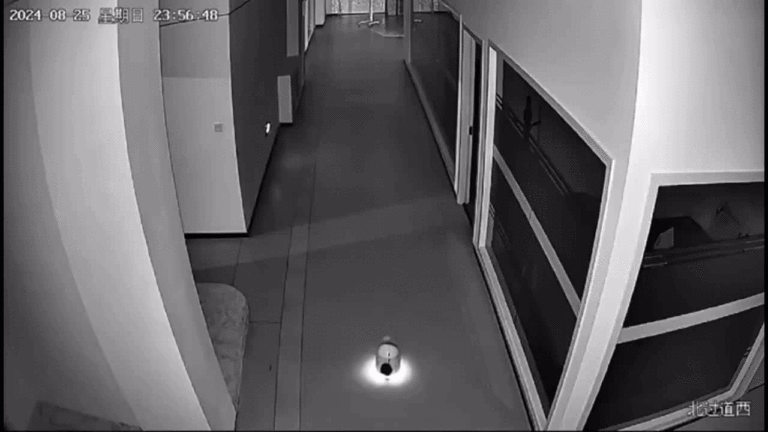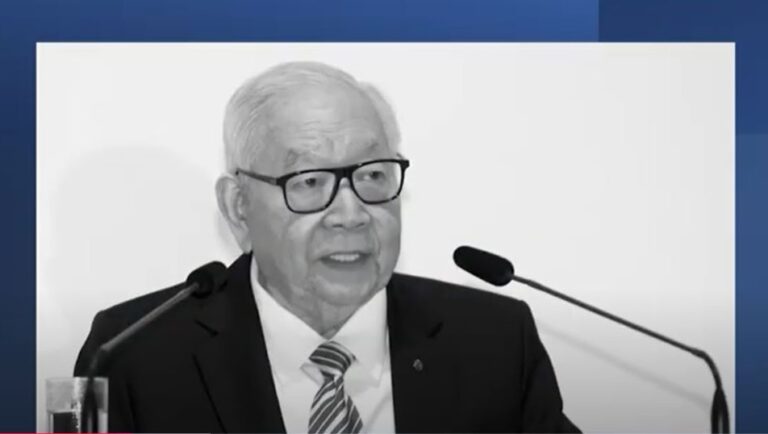A 2,500-year-old grammar puzzle in the old Sanskrit writings of scholar and philologist Panini, who lived in the fifth century BC, has just been resolved by Rishi Atul Rajpopat (27), a Ph.D. student from St. John’s College, Cambridge. The puzzle had baffled both traditional and contemporary researchers for all these years. The fact that Panini’s grammar can now possibly be taught to computers by the algorithm that executes it is a significant consequence of his discovery.
In Panini, We Trust: Discovering the Algorithm for Rule Conflict Resolution in the Ashtadhyadyi, Mumbai-born Rajpopat’s Ph.D. thesis, published on Wednesday in the journal Apollo — University of Cambridge Repository, has decoded a two-and-a-half millennium-old algorithm that, for the first time, has made it possible to precisely use Panini’s ‘language machine’ in his famous Ashtadhyayi.
There are around 4,000 rules (sutras) in Panini’s Ashtadhyayi that outline the structure of Sanskrit, according to reports by Rajpopat. “He has provided one metarule (a rule that controls how other rules are applied) — “1.4.2 vipratisedhe param karyam” — to assist us in determining which rule should be used in the event of a “rule conflict.” But the issue over the last 2,500 years has been that scholars have introduced other metarules with linguistically erroneous effects by misinterpreting this one. Many times, two or more of Panini’s rules are valid at the same phase and scholars must decide which rule to use.
“The more we fiddle with Panini’s grammar, the more it eludes us”
“We were receiving grammatically wrong forms as a result of traditional scholars’ misreading and misunderstanding. My dissertation is based on the idea that “param” (in “1.4.2 vipratisedhe param karyam”) means that, when choosing between rules that apply to the left and right sides of a word, the user of the language should choose the rule that applies to the right side rather than continuing in serial order. The reason I took so long to reach this conclusion is that Panini’s algorithms consistently produce grammatically sound words and sentences. His grammar stands on its own. To better understand the master (Panini), I did not introduce any metarule, the researcher claimed.” Rajpopat said that after he cracked Panini and his “language machine,” it was simple to put in base and suffix words and watch as they gradually transformed into grammatically sound words and sentences.
Rule-based approaches were abandoned by computer scientists working on natural language processing more than 50 years ago… Therefore, teaching computers how to combine the speaker’s intention with Panini’s rule-based grammar to make human speech would be a significant turning point in the history of human contact with machines as well as in India’s intellectual history, he said.
“Panini had a brilliant mind and created a machine that was unrivaled in human history. He didn’t anticipate us adding to his existing rules. Panini’s grammar is eluding us more and more the more we tinker with it,” he remarked.
Rajpopat described his experience as a research scholar by mentioning that he was a maths student. “I’ve always been interested in patterns, solving problems, coding, numbers, etc. My major at graduation was economics, but I wanted to study something I was passionate about for my postgraduate work. A retired professor in Mumbai who taught Panini’s grammar was mentioned to me during one of my visits to a Navaratri pandal. I went up to her and enrolled in her classes,” he recalled.
Rajpopat completed his master’s degree at Oxford before meeting Vincenzo Vergiani, a professor of Sanskrit at Cambridge, who served as his mentor and source of inspiration for his studies.
Panini’s grammar may now be taught to computers for the first time thanks to Rajpopat’s study.
“I learned that asking the right questions is a skill. One has to be obsessed with one’s work. The role of a teacher cannot be undervalued,” he said.
‘SANSKRIT GRAMMAR EASIER TO UNDERSTAND NOW, BUT THESIS NEEDS VALIDATION’
A new understanding of the word “Param” (in Ashtadhyayi) might lead to more natural derivations without having to include additional rules for exceptions that arise with the earlier readings, according to the Cambridge researcher (Rishi Rajpopat), who appears to have made this discovery. According to his revised understanding, the rule that appears later in the Ashtadhyayi does not apply to the portion of the metarule that is on the “right side” of the word when the word “Param” is used.
This appears to decrease the number of exceptions, making it simpler to explain and comprehend. As you read the thesis carefully and consider its applicability to the entire corpus of Sanskrit, keep in mind that this finding needs to be confirmed by experts in Sanskrit. Also take note that Ashtadhyayi’s structure is largely the same, with the exception of how the next rule is chosen when there is disagreement in the earlier-discussed scenarios. The contribution, however, is noteworthy because this problem has preoccupied the greatest grammarians for the last two to three millennia. — Prof. K. Gopinath, senior professor of Plaksha University in Mohali’s department of computer science and artificial intelligence (formerly with Indian Institute of Science, Bengaluru).















